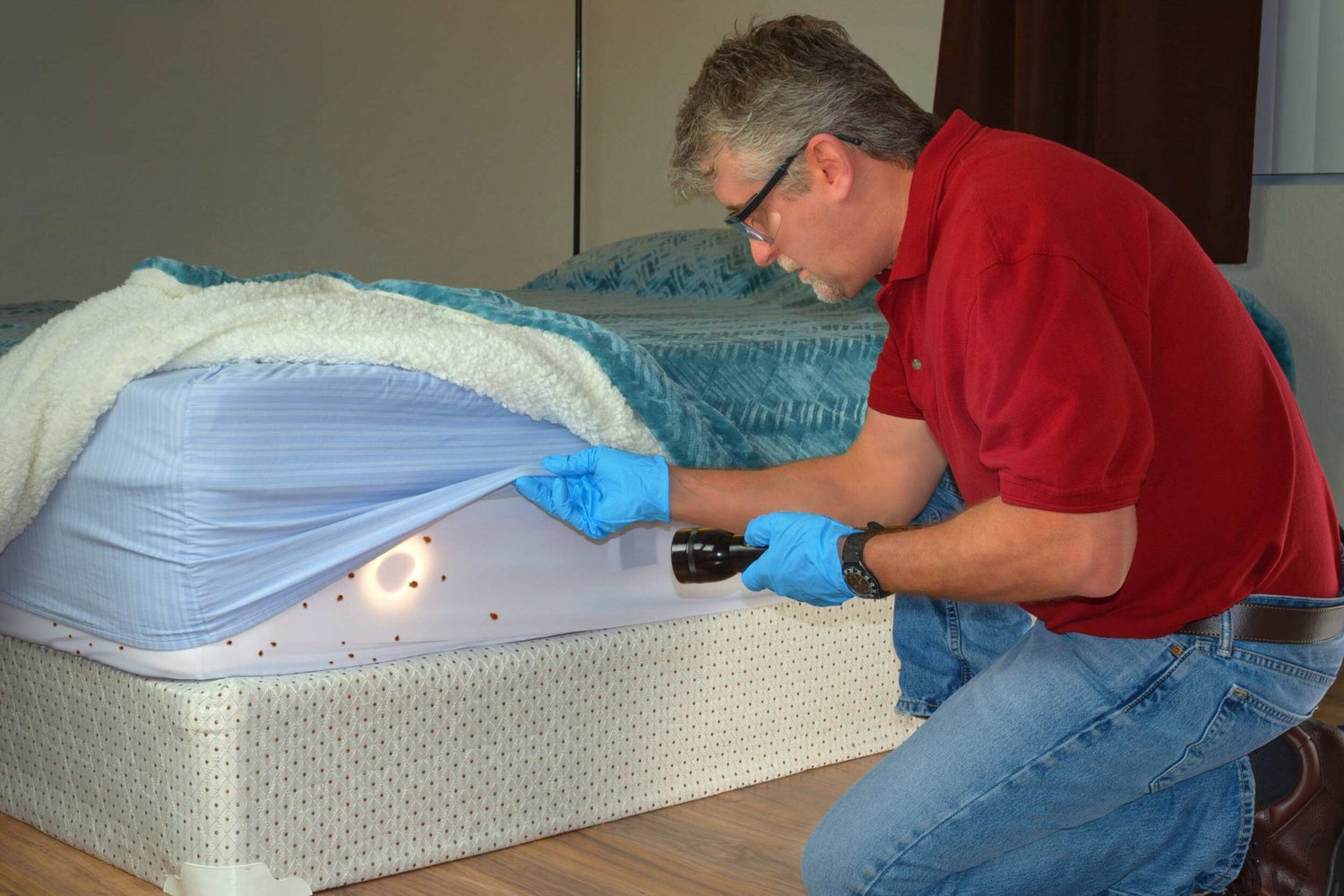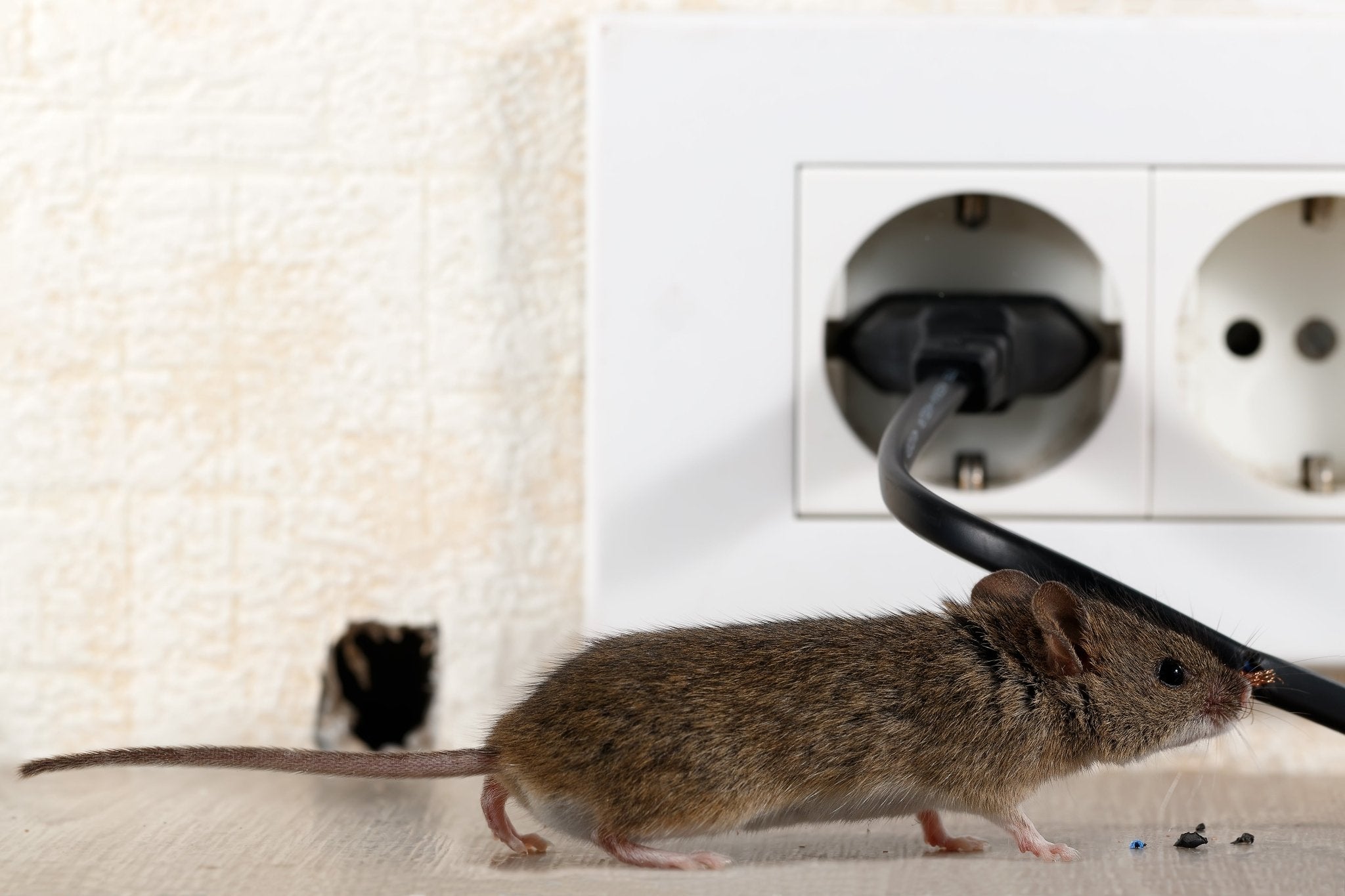Do Try Pest Prevention
Prevention should be the first thing you try. Make sure you remove any source of food and water and maintain a relatively food waste-free environment. If you own a business, communicate to your employees the importance of sanitation and cleanliness in the workspace, especially food waste. Food storage is also an important step. Store food in sealed containers and promptly remove garbage containing leftover food waste in tightly covered trash cans. Remove trash and other waste on a regular basis from your home or workspace.
Keep items such as cardboard, newspapers, or any other clutter as minimal as possible. Clutter provides places where pests can hide and, or build nests. Tracking down the source of your pest problem can be more difficult with excess clutter providing shelter and hiding spots.

Check your home or building for any entry points that need repairs. Small cracks, holes, and tears in screens or spaces around pipes provide entry points for rodents and insect pests. Survey your indoor and outdoor areas regularly, and repair any of these access points as quickly as possible.
You should also ensure that you don’t allow water to collect inside or outside your home or building. Standing water in puddles, under your plants, pet bowels, etc., should be removed regularly.
Keep any bushes, low-hanging branches, or excess shrubbery trimmed away from your home or building space. Shrubs and bushes provide hiding spaces for rodents, and low-hanging branches provide excellent climbing access for mice or rats to get directly into your home or building.
Do identify the pest
Knowing how to treat a pest problem depends heavily on the type of pest. For example, removing bed bugs from your home would be entirely different from a mosquito issue. Identifying what pest you are dealing with is imperative to know which treatment to use. Below are some typical, but not all, indicators of common pests.
Rats and Mice
Droppings, urine odor, gnaw marks, and noises are some easier-to-spot indicators that you might have a rat or mouse infestation. Droppings are typically not difficult to spot when you have an infestation. The number of droppings you find and how they look can give you an idea of how large your infestation is and how long they have been there. Look in the areas surrounding the droppings to see if you can spot any nests. Rodents urinate frequently. Look out for the strong smell of ammonia, which worsens over time. Mice need and like to use scraps of cloth and paper to build their nests. Check clothing for holes or bite marks. They also might rip holes in the insulation. Look for shredded fibers in dark corners or where you suspect an infestation. Rodents are nocturnal, so you will typically be able to hear them at night. Listen for scratching noises or movement surrounding the areas where you are suspicious of activity.
Bed Bugs
Small bite marks on your body may tip you off to an insect problem, but they don’t necessarily confirm a bed bug infestation. You are looking for small (about the size of a pinhead), oval-shaped, reddish-brown insects about 3 – 5 millimeters in length. You can also look for red stains (signs of crushed bed bugs) and small translucent bed bug eggs.
Voles
The best way to recognize the presence of voles is to look for their aboveground runways that connect burrow openings. These runways usually have a layer of grass or another cover to hide the multiple burrow openings. Another way to spot if you have a vole problem is to look for greenish-colored droppings in the runways and around the burrows. As they age, vole droppings lose their green coloring and turn brown or gray.

Lice
Besides the most common sign of head lice, itching, there are other indicators of an infestation. These can include itching on the scalp, body, or genital area, tickling feeling from the movement of hair, lice on your scalp, body, clothing, or pubic or other body hair, and sores on the scalp, neck, and shoulders. Nits are commonly mistaken for dandruff, residue from other hair products, dead hair tissue, dirt or debris - be sure not to mistake a lice infestation for one of these before purchasing a treatment.
Mosquitos
When mosquitoes bite, they pierce the skin with their proboscis: a special mouthpart for sucking up blood. As they feed, they inject saliva into your skin, which causes a reaction (a bump and itchiness). Some reactions are mild, and others are strong with a larger swollen area and redness. Although most mosquito bites are not severe, more serious reactions can occur, especially in children, people with immune system disorders, and bites from a species to which you had no prior exposure.
Don't ignore your pest problem
One of the most important things is that you don't ignore a pest problem or indicators that you may have a pest problem. Ignoring the signs in hopes that they resolve themselves will only lead to a large-scale infestation, especially when the reproduction time for some pests, such as mice, is less than 30 days. Swift action is key for removing or controlling infestations.
Do tell others in the area
Your infestation most likely isn't just affecting your home or building, especially if you share office space or live in a community where your neighbors are relatively close. Making people in the area aware of your infestation will allow them to take preventative measures and will help you control your own infestation. It is much more difficult to treat and control pests if they have spread throughout the neighborhood or building space.
Don't mix pest control products
You may think you can get added benefits from mixing pest control products, but this is a dangerous solution. Do not mix different chemicals in hopes of a stronger solution; this can be dangerous for your health. Also, keep products in original packaging because it contains essential product information and directions.
Do use eco-friendly products
Filling your home or business space with toxic chemicals isn’t the best or only way to deal with pests. These chemicals often found in pest control can be dangerous for people, pets, and wildlife. There are many eco-friendly alternatives to pest control, such as the safe and effective solutions from EcoClear Products. Don’t just assume that the products you are using are safe. Use brands that are just as safe to use as they are effective.

Do read application instructions
To ensure that you are using products effectively, read and follow all application instructions. Not doing so could result in products not working to their full effectiveness, costing you time and money. Not following instructions could also allow your infestation to grow if the products aren’t being used or distributed correctly.



